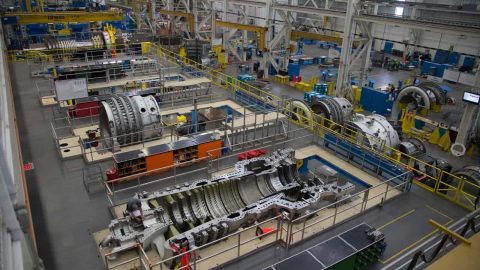
Illustration (Source: Internet)
The production line was suffering from the lost output, high rework, and high waste at its assembly stations. Each assembly station had to pick one component from the delivery belt, re-orientate it, place it in the assembly carousel then pick a second component from the delivery belt and place it accurately on top of the first to form the complete product. The completed product would then go for packing. There were 6 such stations, feeding 2 packing lines. Each packing line was set to run at 120 units per minute. The actual feed rate for each packing line was less than 108 units per minute.
The problem occurred on all 6 machines and on all product variants. When running well the 6 machines could supply more than the packing line could accommodate but due to the high reject rate and the associated machine stops, the packing line was being starved of product. To help to ease the problem, the pick and place operators staggered their lunch breaks and attempted to keep their machines running whilst the rest of the line was stopped, building up work in progress.
CAUSE
A small team from within the business was pulled together to focus specifically on this problem. The team included an experienced operator and an experienced technician. After training in problem-solving tools, the team set about observing the pick and place machines to clearly define the problem.
Taking measurements and comparing them to optimal soon revealed that there was an insufficient vacuum at the head. Developing the driver tree further revealed two possible causes; insufficient vacuum generated in the first place or vacuum losses through the system. The maintenance team and operators frequently changed the suckers believing these to be causing a vacuum loss but this had failed to cure the problem.
SOLUTION
Realizing that vacuum losses could also occur elsewhere, the technician crawled the length of the machine, looking, feeling and listening for gaps in the pipework. He discovered several loose connections along the route. Once tightened the improvement in vacuum was noticeable. He also checked, cleaned, and replaced the filters but no further significant change was noted. Once these changes had been made, all of the suckers were replaced in one go and further small improvement was observed.
The pick and place machines were now able to run successfully at speeds of up to 42 units per minute, where they had previously been at less than 36 units per minute, enabling the packing lines to exceed their 120 units per minute run rate. The amount of waste reduced dramatically and the operators were pleased with the results even though the final action hadn’t yet been implemented; generating sufficient vacuum in the first place.
The technician analyzed the operation of the vacuum generator and discovered that there was a faulty control valve reducing output. A replacement valve was ordered and was due to be fitted when available. The final result – a 16% speed improvement with pick and place machines running successfully at speeds of up to 42 units per minute.
Productivity and Quality Office